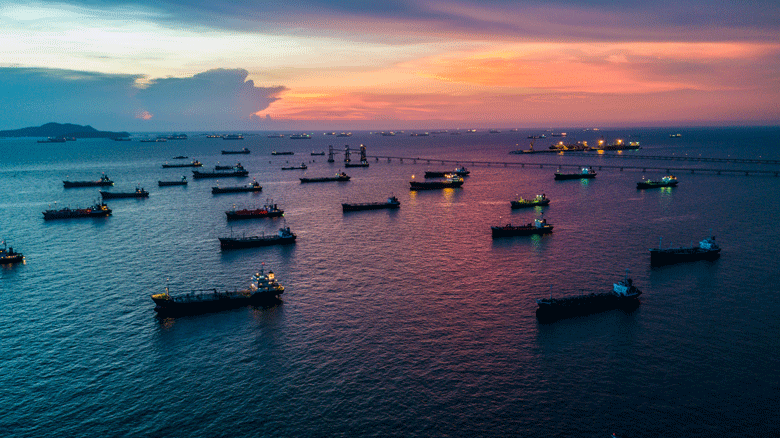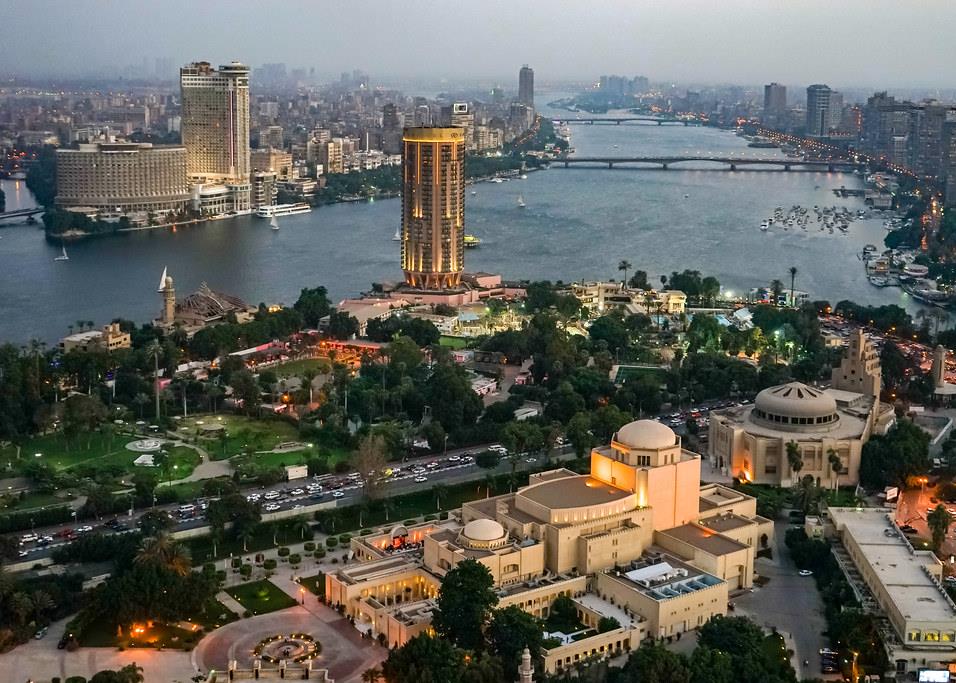

Forecasts of world oil demand appear to be converging on a new consensus, averaging more than 100 million b/d in 2019 and rising to a peak somewhere around 2030 to 2040. For the Gulf’s low-cost producers, the idea of oil demand starting to fall off after this peak represents a harsh vision and a major challenge to the GCC states’ traditional economic model, which relies heavily on crude exports.
The challenge facing oil companies is to squeeze as much value out of each barrel of oil that comes out of the ground, producing more high-value fuels, specialty petrochemicals and industrial feedstocks. The aim is not only to maximise revenues, but also seeking technology and expertise transfers.

Plans are already in place for a massive investment in the downstream sector, with more than $200bn expected to be ploughed into new refining and petrochemicals ventures in the GCC by 2025.
The plans are not before time. Despite being the world’s third-biggest petrochemicals-producing region, the Middle East and North Africa (Mena) ranks relatively low on integrating its oil, refining and chemicals sectors. Led by Abu Dhabi and Riyadh’s new projects, this is set to change, according to a new report released by the Paris-based International Energy Agency (IEA).
It forecasts primary chemicals consumption will grow almost 60 per cent to 1 billion tonnes by 2050. Nearly 7 million b/d of the extra oil the world will need by then will be used by chemicals manufacturers, the agency said. Already sitting at the lower end of the cost curve among primary petrochemicals producers and accounting for 12 per cent of all global high value-chemicals, the Gulf is well set to take advantage of this growth.
Adnoc
Abu Dhabi is leading the way in the newest investment wave, outlining plans in May for a $45bn expansion of its Ruwais complex. The new site will take advantage of Adnoc’s plentiful feedstock, and capitalise on the emirate’s willingness to commit funds to develop a new chemicals conversion hub on the Gulf. Adnoc is expected to announce the first of its new international partners for the Ruwais refinery and petrochemicals complex investment programme by the end of the year.
“Such programmes are at least in part explained by the desire to create a more balanced revenue stream, including refining margins,” the IEA said in its Future of Petrochemicals report released in October 2018.
There is considerable room for growth. “Of the region’s total crude oil production, about 28 million b/d, only about 7 million b/d is refined locally, with the rest exported to global markets,” the IEA explained.
Saudi Aramco
Adnoc is not alone, however. Saudi Aramco has tied up with France’s Total to expand its Satorp refining and petrochemicals joint venture, and also with Saudi Basic Industries Corporation (Sabic) to develop a new 400,000 b/d crude-to-chemicals facility. This direct processing route may even come to challenge the current model of integration from upstream to refining and then petrochemicals. Aramco aims to raise its global refining capacity to as much as 10 million b/d from about 5 million b/d now, by the middle of the next decade.
Kuwait, Qatar and even Oman have similar schemes underway to integrate their complexes and diversify their production.
Driving construction
The total value of contract awards in the construction and transport sectors increased in the first half of this year, rising to $32bn from $27bn the in second half of 2017, according to regional projects tracker MEED Projects.
 With the outlook for oil prices improving through 2017 and in 2018, GCC governments are more free to accelerate strategic projects needed as part of their economic development strategies.
With the outlook for oil prices improving through 2017 and in 2018, GCC governments are more free to accelerate strategic projects needed as part of their economic development strategies.
Despite the increase in contract awards in 2018, the total for the first half of this year is still below the average of $40bn of construction and transport contract awards made on a half-yearly basis since 2006, and well below the high of nearly $70bn of awards made in the first half of 2014.
Construction and infrastructure projects in the GCC are being driven by a combination of private real estate developments and government infrastructure needs. The strategic goals set by the GCC states, such as UAE Vision 2021, Saudi Vision 2030 and Kuwait Vision 2035, have increasingly focused on economic growth and “localisation”. Population growth in the GCC has necessitated the development of residential units and transport infrastructure.
The region’s biggest market, Saudi Arabia, is pushing ahead with a large-scale project development drive led by the sovereign wealth fund, the Public Investment Fund (PIF).
The one-off nature of building and real estate clients, along with the design contribution from architects seeking to add a unique aspect quality to buildings, means that there is a far more bespoke nature to many construction projects, introducing a higher degree of ad hoc decision-making in project delivery.

This article is extracted from a report produced by MEED and Mashreq titled Transforming Construction: Lessons from Oil & Gas. Click here to download the report
You might also like...

Red Sea Global awards Marina hotel infrastructure
18 April 2024

Aramco allows more time to revise MGS package bids
18 April 2024

Morocco tenders high-speed rail project
18 April 2024
A MEED Subscription...
Subscribe or upgrade your current MEED.com package to support your strategic planning with the MENA region’s best source of business information. Proceed to our online shop below to find out more about the features in each package.





